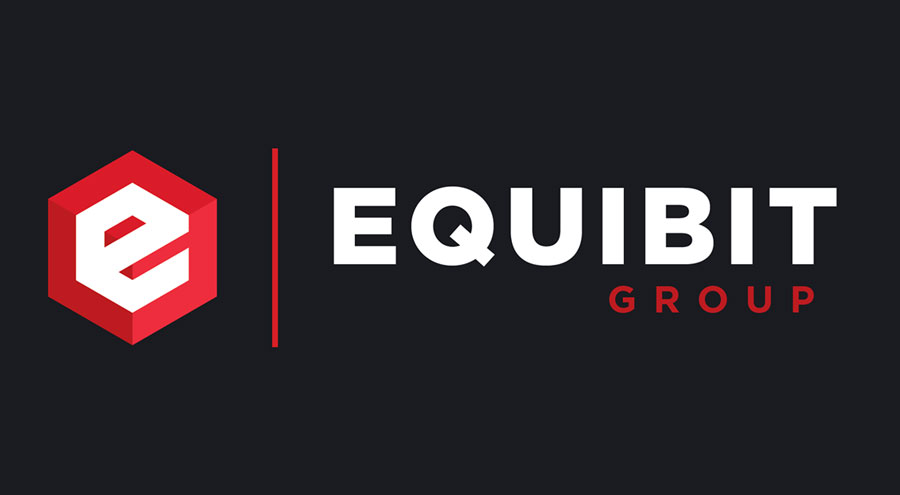Equibit Group, the creator of the Equibit blockchain and blockchain applications for the global securities industry, announced this week that after nearly a year of development, a live demonstration of the Equibit Portfolio (wallet) has been released, featuring the completion of an atomic swap.
The performance of an atomic swap is significant because it advances the development and security of cryptocurrency trading, further removing the need for intermediaries and points of vulnerability. The crypto community has been working towards the development of atomic swaps, and Equibit Group is proud to be one of the first to complete a live demonstration with a strong user interface.
Equibit CEO Chris Horlacher said:
“Apart from the significance of Equibit Group being able to demonstrate an atomic swap, this demo also illustrates the huge capability of our development team and the potential we have for the future, the best is yet to come.”
With the development of atomic swaps on the Equibit network, investors are able to directly trade bitcoin for the securities of issuing companies peer-to-peer (P2P).
The Equibit network tokenizes securities, making it possible for companies to issue equity and debt using the network’s native coin, EQB. Issuers and investors anywhere can create and transfer securities without the need for a transfer agent or custodian, reducing both cost and friction within capital markets.
Atomic swaps allow for cross-chain trading, transferring ownership of different assets, or cryptocurrencies, without the need for a trusted third party. Without atomic swaps, a third party, such as an exchange, is required to act as an intermediary to ensure that both sides of an agreed transaction are met.
Unlike typical wallets where a user can transfer an asset to another user P2P, atomic swaps allow users within Equibit Portfolio to securely trade different assets P2P without a guarantor, without any off-chain negotiations, or even having to personally know the counterparty.
Using a feature called a hash time-locked contract (HTLC), an atomic swap consists of a series of operations whereby all or nothing occurs; this is what makes the steps involved in a swap indivisible. The HTLC requires each party to perform an action towards the swap within a specific amount of time. If all the actions are not performed within the time limit, the trade will be canceled and all prior steps nullified.
An HTLC on the Equibit network features four transactions between a seller and buyer, ensuring security for both parties. To initiate a transaction, a seller creates an order and broadcasts that message to the network. The first transaction commences when a buyer generates a secret key, then uses the hash of the key to lock their submitted payment. The seller then uses the same published hashed key to lock their securities, creating the second transaction. Seeing the transaction on the Equibit blockchain, the buyer can then unlock the securities using the secret key and send them to their own address. This is the third transaction. The fourth and final transaction within the HTLC sees the seller obtain the now published secret key to unlock the payment.
[embedyt] https://www.youtube.com/watch?v=ve_6cd4vm7M[/embedyt]
